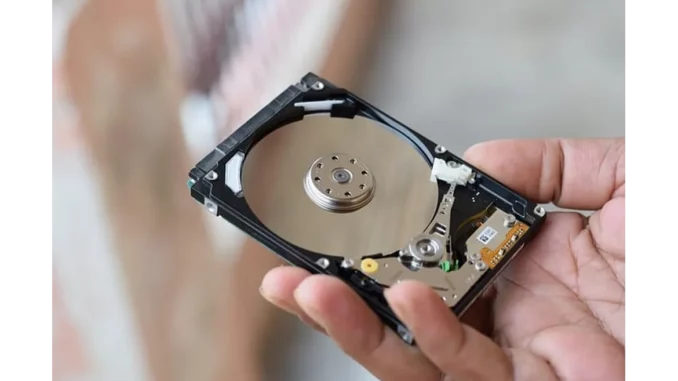
In the world of data storage, RAID (Redundant Array of Independent Disks) systems stand as a formidable force, known for their ability to enhance performance and ensure data redundancy. However, as I recently discovered in a conversation with James Carter, a seasoned IT specialist, even these robust systems aren’t immune to failure. Our discussion delved into the intricate process of RAID data recovery, shedding light on the complexities involved and offering insights for those who may find themselves in similar predicaments.
Protect your data with the self-healing storage solution that technical experts trust.
James begins by explaining the basic premise of RAID configurations: “RAID is essentially about combining multiple physical drives into a single logical unit. This setup is designed to enhance performance and provide data redundancy, which means if one disk fails, the data can still be accessed from the remaining disks.” However, he cautions, “This doesn’t mean RAID systems are infallible. They can still suffer from data loss due to various reasons, including hardware malfunctions, software errors, and even human mistakes.”
As James recounts his experience, he highlights a recent incident involving a RAID 5 array. “We had a situation where a client experienced multiple drive failures simultaneously. RAID 5 is generally reliable, distributing data and parity information across all drives, but it’s not foolproof. When more than one drive fails, data recovery becomes significantly more complex.”
This instance underscores the importance of enlisting professional data recovery services. “RAID recovery is not your average do-it-yourself task,” James advises. “The complexity of these systems, especially with nested or hybrid configurations like RAID 50 or RAID 60, requires specialised knowledge and tools. Attempting to recover data without the necessary expertise can lead to further data corruption.”
James also stresses the critical role that RAID controllers play in maintaining system integrity. “The RAID controller acts as the orchestra conductor, managing the interaction between drives. If it fails, even if all individual drives are in perfect condition, you can experience data loss.” He notes that failures in controllers are a common issue, often resulting from hardware malfunctions or firmware errors.
When asked about the process of engaging a professional service for RAID data recovery, James outlines the typical steps involved. “Firstly, we power down the system to prevent any further damage. Then, it’s crucial to engage with a reputable data recovery expert who can assess the failure and determine the best course of action. They will often start with a comprehensive diagnostic report, detailing the nature of the failure and the likelihood of successful recovery.”
James emphasises the importance of regular backups, even for RAID systems. “While RAID provides a level of redundancy, it’s not a substitute for regular backups. You need a comprehensive disaster recovery plan that includes backups to guard against other risks, such as accidental deletion or catastrophic events.”
Reflecting on his experiences, James shares a poignant piece of advice for businesses relying on RAID systems: “The key to mitigating the impact of RAID failures lies in preparedness. Regular maintenance, monitoring of drive health, and having a robust recovery plan can save a lot of trouble down the line.”
As our conversation winds down, I’m left with a deeper appreciation for the intricacies of RAID systems and the critical importance of professional expertise in data recovery. For anyone facing similar challenges, James’s insights offer a valuable roadmap, highlighting the need for caution, readiness, and the pursuit of expert help when navigating the complex terrain of RAID data recovery.
Fallon Foss

